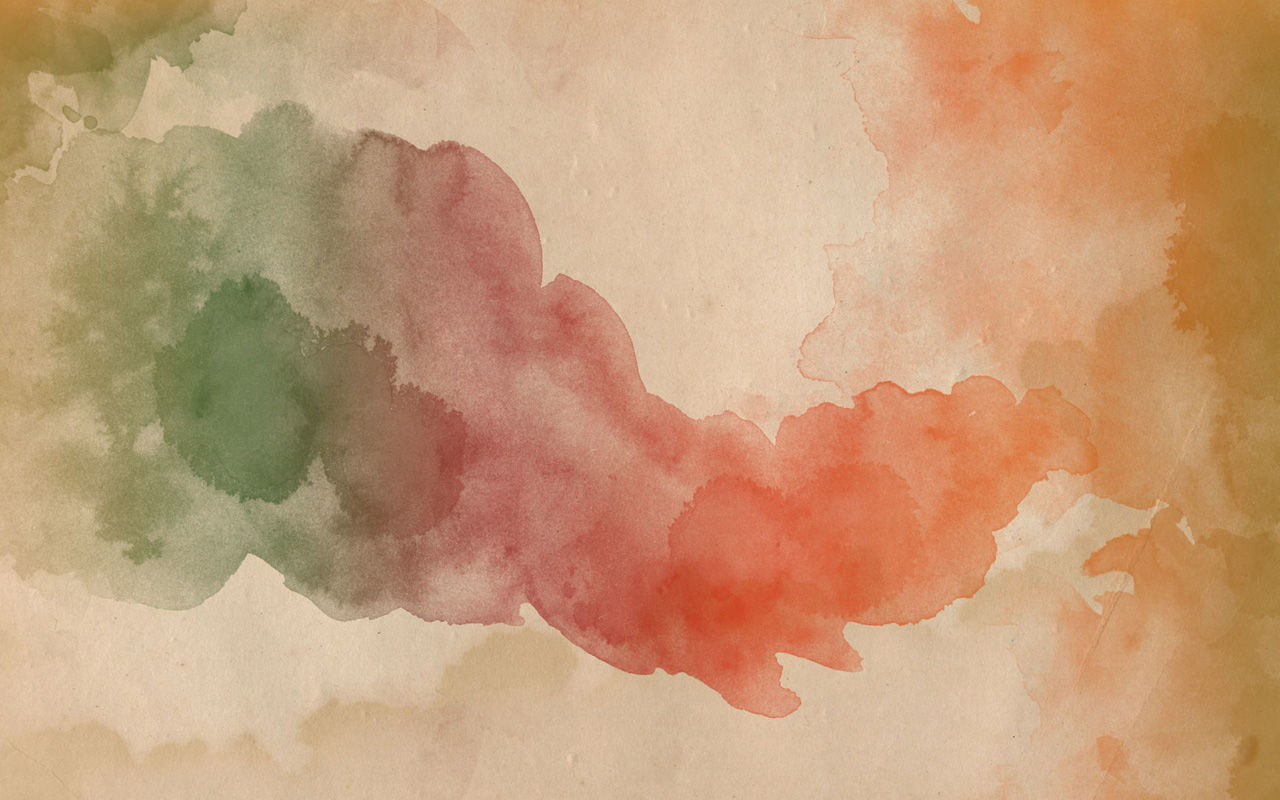
Claire Golby
Level 5
Dramatic Contexts








To create the negative moulds from the sculpture;
-
The sculpture can be sealed with a light spray of clear lacquer. This can be followed by a mould release (one that won't inhibit the silicone curing, like PD's Epoxy Parfilm which is wax free).
-
Deciding how soft or hard the mould is going to be is important. It depends upon what the mould will be used for, what its going to be filled with.... The softer it is, the lower the number
-
We used progel 10 shore silicone
-
The height its poured into the mould must be 5mm higher than the highest point of the sculpt so that its thick enough
Flatpiece Moulds
-
When weighing out the silicone use plastic cups and very accurate scales. Firstly, put the plastic cup on the scales and press the 'tarre' button so scales negate the weight and the screen says 0.0, as the cup is 2.4 grams
-
Measure out 150g of A and 150g of B and use a spatula for each one, as there should be no cross contamination until the 2 parts are mixed together. Also pour them into labelled cups, as to not get them mixed up.
-
Because the two parts or virtually the same colour, and translucent, it can be difficult to tell when it's fully mixed
-
can be made easier by adding a drop of pigment so its easier to see when its fully mixed. Mising for 30 seconds to a minute should be sufficient
-
When fully mixed, pour into the middle of the mould from quite high up. This helps stretch and snap any bubbles in the mixture so that there will be less in the mould when it dries. It also makes it less likely that air will get trapped against the surface of the prosthetic.
-
Silicone won't stick to anything apart from silicone. More can be added at any point if it doesn't look thick enough, although it does set in 15 minutes.
-
Burst any large air bubbles that rise to the surface of the silicone and then leave to fully cure.
-
If the silicone still feels sticky after 30 minutes abd the curing process can be sped up by adding heat with a hair dryer.
-
When dry, the silicone can be removed from the sculpture. The wall should be slightly peeled back and then the silicone can be pulled out.
-
If this is done carefully and the sculpture isnt damaged, then multiple moulds can be made from the same sculpt.
I found this process to be overall fairly quick and simple. I think my mould came out fine, although the if the walls on the sculpt were smoother then i'm sure the mould would have come out a lot neater. I found that there were lots of small pieces of clay stuck in and around the silicone in my lizard skin mould which was probably due to the fact that there were small pieces on the sculpt before I poured in the silicone. I'll be sure to completely smooth off loose clay next time.